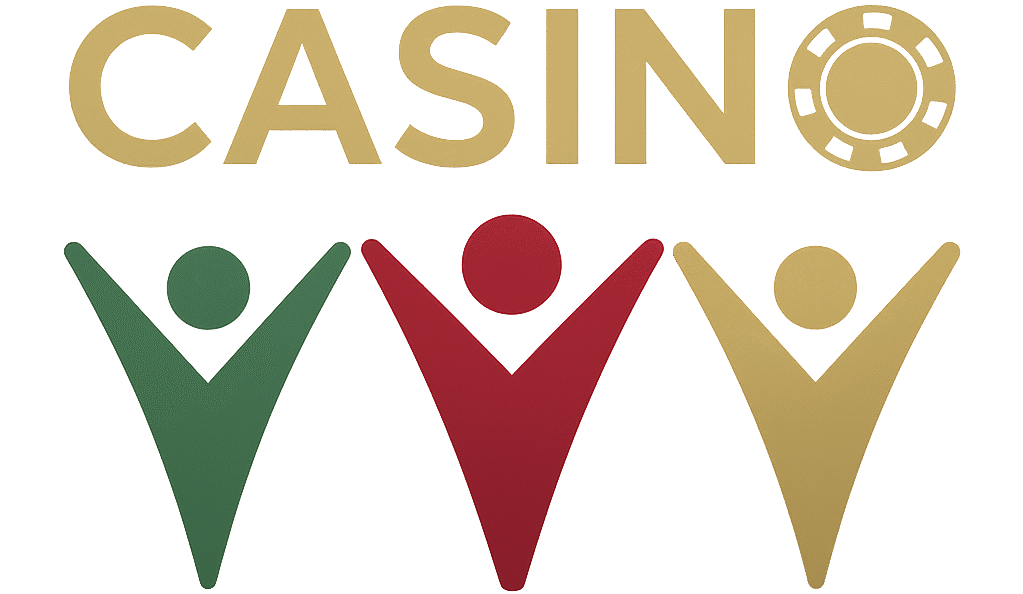
table limits and payouts – In the dimly lit ambiance of a bustling casino, the symphony of clinking chips and the soft rustle of cards create an intoxicating atmosphere. Here, every table tells a story, not just of chance and strategy, but of carefully calculated limits and rewards. How do casinos orchestrate this delicate balance between enticing payouts and strategic table limits? The answer lies within a complex framework of mathematics, psychology, and market dynamics that ensures both player engagement and the casino’s profitability.
Understanding Table Limits
Table limits are a fundamental aspect of casino operations, delineating the minimum and maximum wagers that can be placed on a game. These limits are not arbitrary; they are meticulously crafted based on a range of factors. Casinos consider the type of game, the clientele they wish to attract, and the overall economic environment. By setting appropriate limits, casinos can manage risk, control the pace of play, and tailor the gaming experience to different player segments.
Consider a bustling Las Vegas casino deciding how to set table limits and payouts for its blackjack tables. During peak hours, they might raise the minimum bet from $25 to $50, capitalizing on increased demand, while maintaining the traditional 3:2 payout for a natural blackjack. This tactic not only maximizes profits but also attracts high rollers, who are more inclined to play at tables with higher stakes. Conversely, during quieter periods, the casino might lower the minimum bet to $10 to encourage more casual players to join the game, thus ensuring a steady flow of customers and maintaining a lively gaming atmosphere. This dynamic adjustment strategy illustrates how casinos balance profitability with player engagement.
The Role of Game Type
The nature of the game itself significantly influences the table limits set by a casino. Games with higher volatility, such as poker or certain types of slots, might have higher limits to accommodate the larger swings in potential payouts. Conversely, games with lower volatility, like blackjack or roulette, may feature more conservative limits. This strategic alignment ensures that players experience a game that aligns with their risk tolerance and betting style.
Player Demographics and Preferences
The demographic profile of a casino’s patrons plays a crucial role in determining table limits. High-end casinos catering to affluent clientele may establish higher limits to match the spending power of their guests. In contrast, casinos with a more diverse or casual customer base might implement a wider range of limits to appeal to both low and high-stakes players. Understanding these nuances allows casinos to create an inclusive environment where all players can find their preferred level of engagement.
Calculating Payouts
Payouts in casino games are equally vital to the gaming experience, serving as the potential reward for players’ wagers. These payouts are not simply about luck; they are the result of intricate calculations designed to balance player attraction with the casino’s long-term profitability. By analyzing odds, expected value, and house edge, casinos ensure that each game provides a fair chance of winning while maintaining a sustainable business model.
Odds and House Edge
Every casino game is built on a mathematical foundation where odds and house edge play pivotal roles. Odds represent the likelihood of a particular outcome, while the house edge signifies the casino’s advantage over the player. By carefully setting these parameters, casinos ensure that they can offer enticing payouts without compromising their financial stability. The delicate balance between attractive odds and a manageable house edge is key to a casino’s success.
Market Dynamics and Trends
Market trends and economic factors also influence how casinos adjust their table limits and payouts. During economic downturns, casinos might lower limits to attract more players, while booming economic conditions could see limits rise as players are willing to wager more. Additionally, changes in regulations or shifts in consumer behavior can prompt casinos to reevaluate and adapt their strategies to stay competitive and compliant.
Conclusion
The art of setting table limits and payouts is a sophisticated process that blends science, psychology, and market insight. By understanding the intricacies of player demographics, game mechanics, and economic conditions, casinos can create a dynamic and engaging gaming environment that appeals to a wide range of players. As the industry continues to evolve, the strategies behind table limits and payouts will remain a critical component of casino success.
What are table limits in a casino?
Table limits refer to the minimum and maximum bets that a player can place on a casino table game.
Why do casinos have table limits?
Casinos set table limits to manage risk and ensure that they can cover potential payouts while also accommodating a range of players.
How are minimum table limits determined?
Minimum table limits are often set based on the casino's target market, location, and desired clientele.
What factors influence maximum table limits?
Maximum table limits are influenced by the casino's risk tolerance, the game's volatility, and the availability of high rollers.
Do table limits vary between different casino games?
Yes, table limits can vary significantly between games like blackjack, roulette, and poker, based on the game's pace and house edge.
How do casinos decide on payout rates?
Casinos set payout rates based on the house edge and statistical probabilities to ensure profitability over time.
What is the house edge and how does it relate to payouts?
The house edge is the mathematical advantage the casino has over players, and it directly impacts the payout percentages of games.
Why might a casino adjust table limits or payouts?
Casinos may adjust limits or payouts in response to market conditions, player behavior, or to promote new games and increase their appeal.
Can external factors affect how casinos set table limits?
Yes, external factors like local regulations, economic conditions, and competitor strategies can influence casino table limits.
How do casinos balance attractiveness to high rollers with risk management?
Casinos balance this by offering exclusive high-limit tables or rooms while setting standard limits on the main casino floor to manage risk.
Are table limits and payouts the same in every jurisdiction?
No, they can vary widely depending on local regulations, tax laws, and the competitive landscape of the region.
How do statistical models assist in setting table limits and payouts?
Casinos use statistical models to analyze historical data and predict player behavior, helping them set limits and payouts that optimize profit.
Stay ahead with timely insights, global trends, and in-depth analysis on how casinos set table limits and payouts. Understanding these factors can enhance your gaming strategy and maximize your potential winnings. Trusted by players, professionals, and curious minds across the casino world, CasinoVVV.com is your go-to source for the latest updates and expert perspectives. Keep informed to make the most of your casino experience, no matter where you are in the world.
